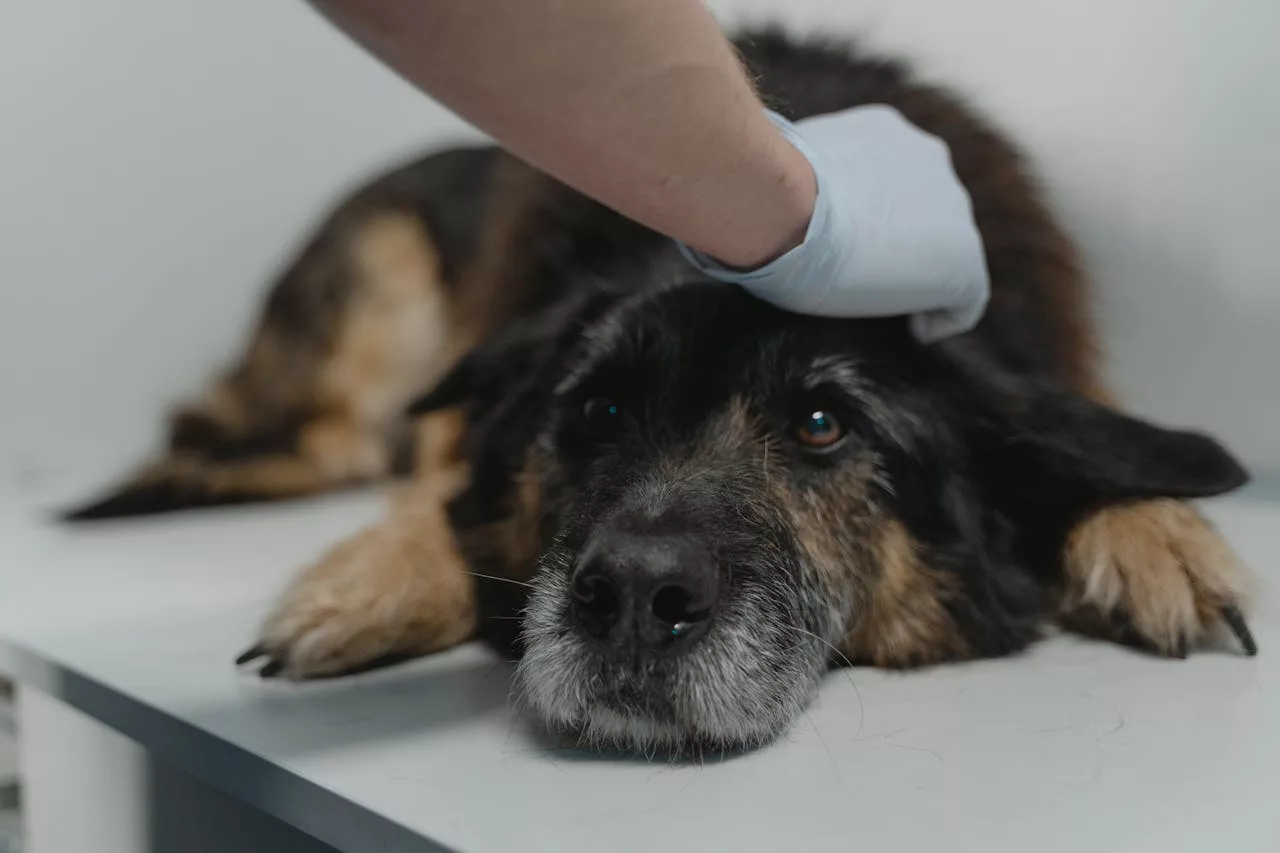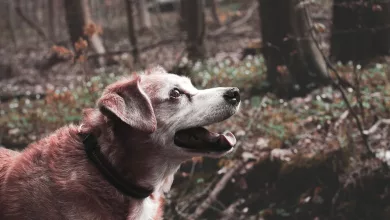For many dogs, thunderstorms can be a terrifying experience. The loud booms, flashing lights, and sudden changes in atmospheric pressure can trigger anxiety in your furry friend. If your dog trembles, hides, or shows signs of stress every time a storm rolls in, you’re not alone. Thunderstorm anxiety in dogs is a common issue, but fortunately, there are effective ways to help your pet stay calm.
In this blog, we’ll explore why dogs get anxious during thunderstorms, signs of anxiety to watch for, and practical steps you can take to soothe your dog when the skies start to rumble.
1. Why Dogs Get Anxious During Thunderstorms
Dogs have more sensitive hearing than humans, so what seems like a loud thunderclap to you is often deafening for them. The sudden loud noises, bright flashes of lightning, and changes in atmospheric pressure can trigger fear. Additionally, some dogs may sense your own anxiety during a storm and mirror that stress, amplifying their own nervousness.
Beyond the noise, dogs may also detect changes in the environment that we can’t, such as shifts in barometric pressure or static electricity. This heightened awareness can lead to a fear response that’s difficult to manage without the right tools.
2. Signs of Thunderstorm Anxiety in Dogs
Thunderstorm anxiety can manifest in a variety of ways, and it’s essential to recognize the signs so you can respond appropriately. Common symptoms of storm anxiety in dogs include:
- Panting or drooling excessively
- Pacing or restlessness
- Trembling or shaking
- Hiding in small spaces (under furniture or in closets)
- Barking or whining
- Destructive behavior (chewing or digging)
- Clinginess, following you closely around the house
- Attempting to escape, such as scratching at doors or windows
The severity of these behaviors can vary from mild distress to extreme panic. If you notice any of these signs, it’s essential to take steps to help calm your dog during the storm.
3. How to Calm Your Dog During a Thunderstorm
There are several strategies you can use to reduce your dog’s anxiety during a thunderstorm. These methods work best when combined, allowing you to create a calming environment for your dog.
Create a Safe Space
Dogs often feel more secure in enclosed, quiet spaces when they are scared. Set up a cozy area where your dog can retreat during a storm, such as a crate with their favorite blanket or a quiet room away from windows. Some dogs naturally gravitate toward closets or bathrooms, which may feel like safe, enclosed spaces to them.
If your dog prefers a crate, make it as comfortable as possible by covering it with a blanket to muffle the noise and dim the flashes of lightning. Make sure the space is familiar and accessible, so your dog can go there when they feel stressed.
Try Calming Products
There are several calming products available that can help reduce storm anxiety in dogs. Some popular options include:
- Thundershirts or anxiety wraps: These snug-fitting garments apply gentle, constant pressure to help soothe anxiety, similar to the effect of swaddling a baby.
- Calming sprays or diffusers: Products that release pheromones can mimic the scent of a nursing mother dog, which may help relax your dog.
- Natural supplements or treats: Some dog owners find that calming supplements containing ingredients like melatonin, chamomile, or CBD can help ease anxiety, though it’s best to consult with your vet before using any new product.
Use Positive Reinforcement
Reinforce calm behavior during a storm by using positive reinforcement. If your dog remains calm, offer them treats, praise, or their favorite toy. It’s important not to coddle your dog when they are exhibiting anxious behaviors, as this can sometimes reinforce their fear. Instead, aim to distract them with positive activities, like a training session or a puzzle toy, to shift their focus away from the storm.
Play Calming Music or White Noise
Drown out the sound of thunder with calming background noise. Studies have shown that classical music, soft reggae, or even white noise can help reduce stress in dogs. Try playing soft music or using a white noise machine to create a soothing atmosphere in your home.
Desensitization Training
In cases of persistent thunderstorm anxiety, desensitization training can be a long-term solution. This technique involves gradually exposing your dog to the sound of thunder in a controlled, low-stress environment. You can start by playing recordings of thunderstorms at a low volume while your dog is relaxed, slowly increasing the volume over time as they get used to the sound.
Pairing these sounds with positive reinforcement, like treats or playtime, can help your dog associate thunderstorms with good things. This method takes time and patience but can help reduce your dog’s anxiety in the long run.
4. When to Seek Professional Help
If your dog’s thunderstorm anxiety is severe and the above strategies don’t seem to help, it may be time to consult a veterinarian or a professional dog trainer. In some cases, vets may prescribe anti-anxiety medication to help your dog cope during storms. A behaviorist or trainer can also work with you on advanced techniques to reduce your dog’s fear response.
Conclusion
Thunderstorm anxiety is a common issue for many dogs, but with the right approach, you can help your furry friend stay calm when the weather turns rough. Whether it’s creating a safe space, using calming products, or implementing desensitization training, your dog can learn to manage their fear over time.
Every dog is different, so it may take some trial and error to find the best method for your pet. But with patience, consistency, and a little extra care, you can provide the comfort and support your dog needs during thunderstorms.




